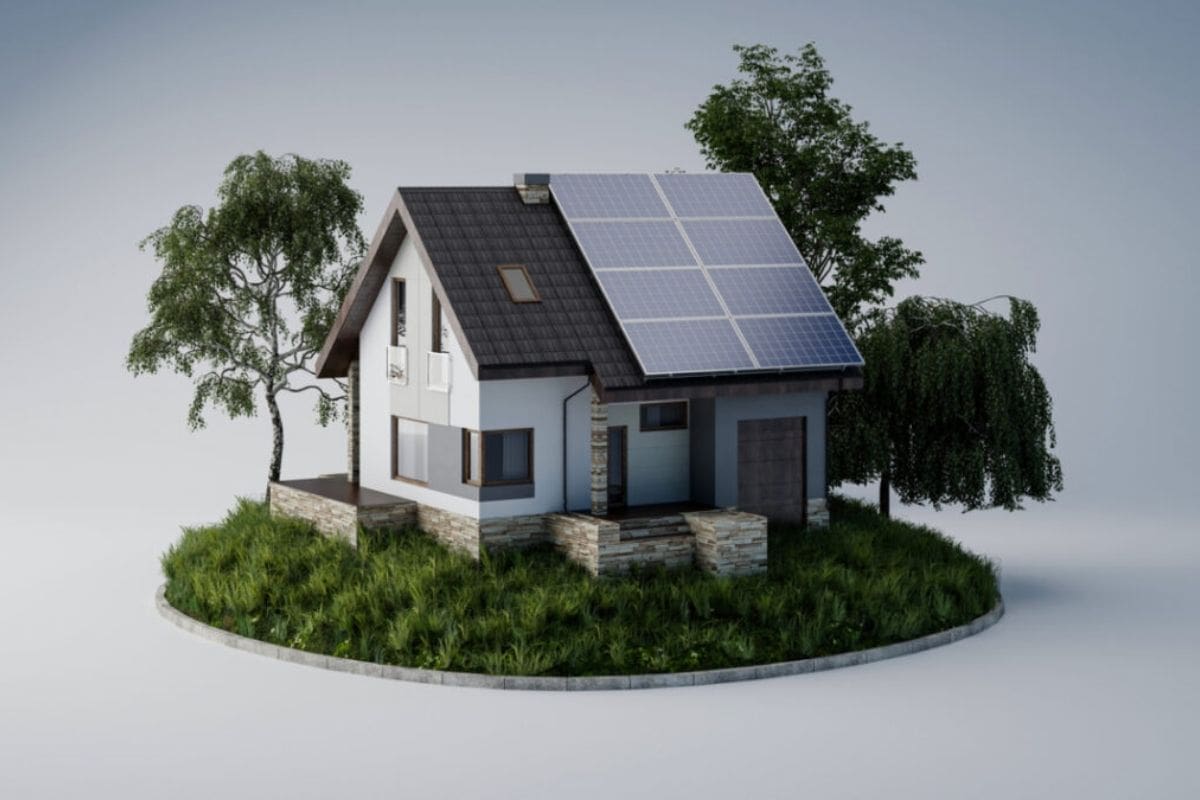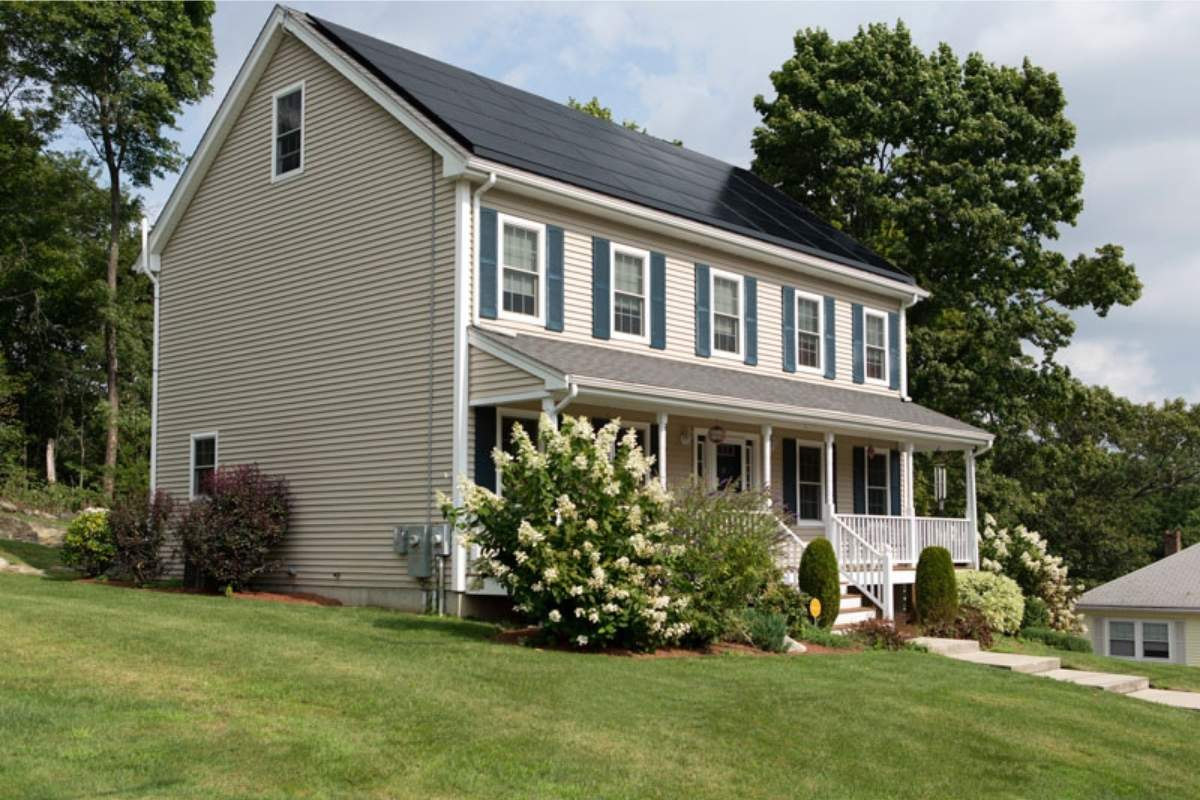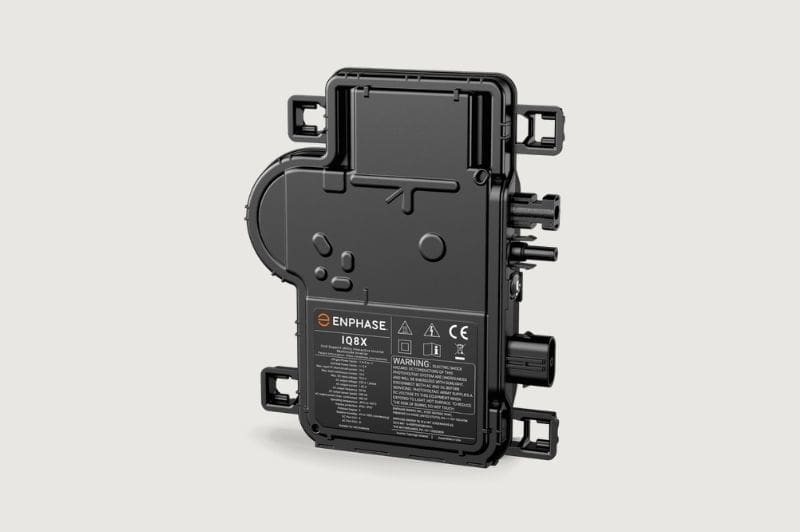Rails vs Rail-Less Solar Panel Installation
There are an incredible amount of benefits with switching to solar energy in Melrose. Not only is this source of green energy a great investment, but it will also increase the value of your property. With the ever-rising cost of utilities, it’s important to gain what control you can. State and Federal incentives ensure that you will see a return on your investment in a short time. There are many things to consider when you decide to have a solar system installed. One of the choices you’re going to have to make is if you want a system secured with rails or a rail-less system.
The Age-Old Fight Rails vs Rail-less
Wire management is the most important thing when it comes to solar installs. The railed system offers you the most wire managing options and a solid place to mount Optimizers, Microinverters, or other hardware. The biggest concern for installers after a finished job is that the wire is neat and secure. If a wire were to come loose and touch the roof it could fail the inspection and could create a dangerous situation at any time. The rail system looks like the solar panels are floating on your roof. Many customers prefer rails because of the size of the parts that hold the panels down to the rail. A rail system has more add-on options than rail-less offers. You can usually fit more panels on a roof using rails. With a railed system; you have the ability to basically have perfect wire management and a stable secure bench for the hardware to sit on. If a roof is a little un-even the rails can be adjusted up or down a few centimeters to make the system more leveled. You can even add a skirt to the front of the row of your railed system. Overall the rail system wins many homeowners’ hearts because there is more assurance rationally and the size of the mounts appeals to them because they are smaller.
The Downside to Rails
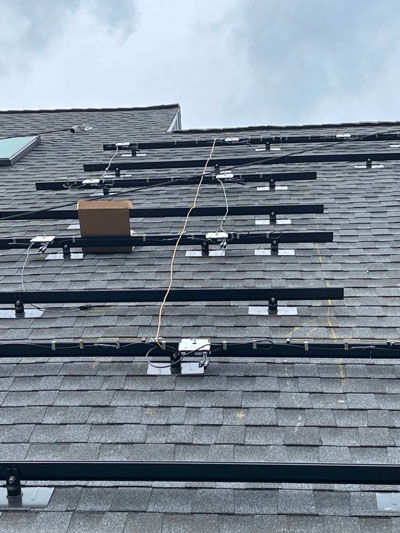
The rail can serve animals well when they are building a nest. It becomes a great place to lean against and hide away. Animals pose the biggest danger to solar projects after installation. The way to combat this is to get a critter guard around the system to keep animals away. A few downsides from an Installer’s standpoint that could limit this option being offered could be the added weight installers have to carry up the roof. The amount of extra trash and scraps rails creates. The amount of time it takes to install a railed system is usually an hour or 2 longer than rail-less. The cost of rails is higher.
What You Should Know About Rail-Less Solar Systems
My first impression of a rail-less system is that It looks aerodynamic. It instantly appeals to many people. People seem to really like the front skirt that comes with rail-less systems. It’s the thing in the front of the solar panels that looks like a small black ramp. It also looks like it is hugging the roof. It is most likely the lowest profile system. Rails rationally are the best for wire management but that doesn’t mean Rail-Less is worse. Good wire management that will last can be achieved with Rail-less. It comes down to experience and the brand you are using. You will need the right metal wire clips. You need something really durable and tough with a strong bite to hold many wires onto the panel’s frame for a long long time. An installer should learn as much as possible about wire managing rail-less systems before they do the installation. Experience will play a great part in making sure a rail-less system is done correctly for longevity. Components such as micro-inverters, power optimizers, or other hardware get attached to the solar panels frame instead when using the rail-less system. When mounting hardware to the frame is important to use the right clamp because the hardware will be hanging off the panel and if you have a poorly designed clamp the hardware could sag and possibly touch the roof in time.
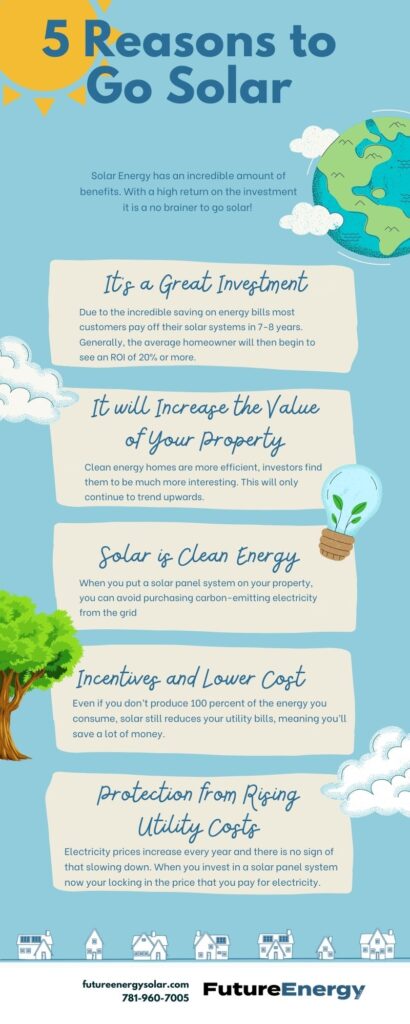
One advantage of rail-less is someone can pre-wire manage the solar panel and hardware wires before the panel even goes up to the roof. Here you can create a good connection with the wire and the frame and make sure it will be stable and sturdy before sending the solar panel to get installed on the roof. Rail-less may be a preferred method for installers because it is a faster option to install and it is less strenuous for installers to work with. These things are important; the human factor of solar. The installers are the most important and should be cared for and given the best system to work with. Rail-less can be safer, It may be a safer option for installers on high pitched roofs and other pitches too just because your fingers are more likely to fit in between a panel when it is rail-less and gives you a place to grab. This does become useful when doing maintenance. Which seems to be easier to perform with rail-less.
I think the downside is the added probability of a wire and hardware hanging if the wire management and securement of the hardware are not done by a true experienced professional who knows the right materials to use. Animal damage can still occur on all types of racking systems. The rail-less though may attract fewer critters than railed systems.
Overall, it all comes down to what the customer wants. A customer may not care if the rail-less solar panel system is cheaper to install and saves the solar panel installer time. Some customers just want what is rationally the best and will pay for those extra steps. Both systems have their own look to them and it comes down to which one matches the house best and looks the best to the homeowner. In my opinion, I like them both. Each situation is different and a rail or rail-less system may be called into action. Get in touch and we can discuss which solar system to install at your Melrose property.
—AJ
Future Energy Solar.





